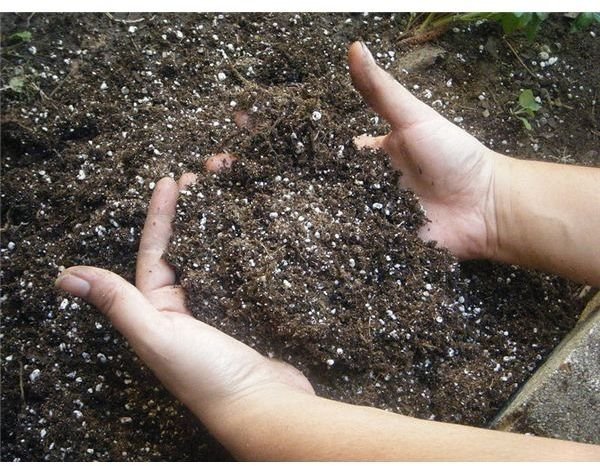Land Usage and Environmental Issues that Lead to Ecological Disasters
Land Usage in the U.S.A
Based on a 2002 inventory of major land uses conducted by the US Department of Agriculture through its Economic Research Service (ERS), the usages of the 2.3 billion total land acreage in the US were accounted for as follows:
- Forest Use – 651 million or 29 percent
- Grassland, Pasture & Range- 587 million or 26 percent
- Cropland – 442 million or 20 percent
- Special Uses, Mainly Parks & Wildlife Area- 297 million or 13 percent
- Miscellaneous Land, mining sites, quarries, et al – 228 million or 10 percent
- Urban Land – 60 million or 3 percent
Note: Figures presented were rounded- off by ESR
At a glance, we readily perceive that most of the country’s available land was used as resources to furnish the basic necessities of food and shelter for the entire US population and for the countries to where agricultural products and forest materials have been exported.
Nonetheless, find below a more comprehensive description of each land use:
Forest Use
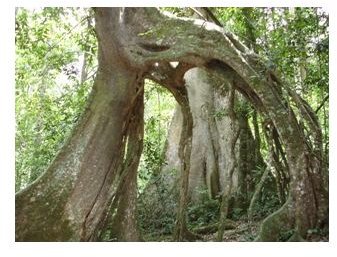
-
Forest use refers to the usage of forest land estimated at about 749 million acres. The latter is defined as land that is covered by trees of any size, by at least 10 percent, including those that have been stripped of its trees but are expected to grow back whether by natural or artificial means.
-
An estimated 2/3 of forest land is comprised of timberland of which 67 percent of is not federally-owned, thus, being harnessed for its commercial timber capacity. The rest of the timberland is federal- owned wherein commercial timber is not allowed to be cut down.
Cropland Use
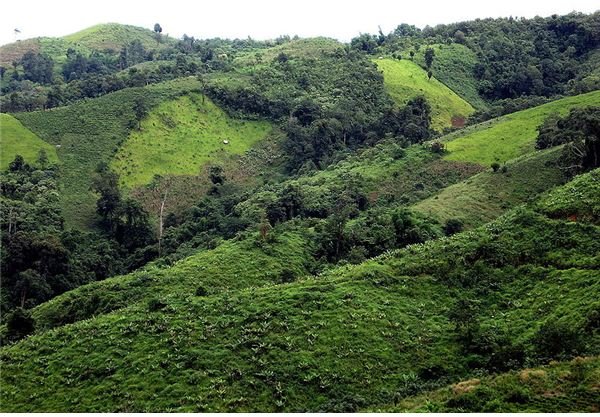
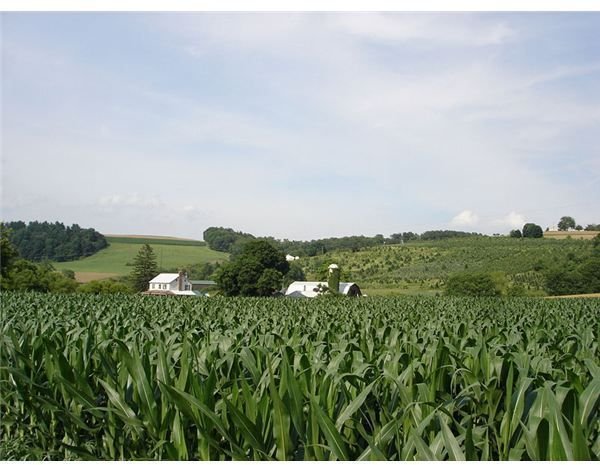
Cropland is divided into several components (1) cropland harvested, (2) crop failure, (3) cultivated summer fallow, (4) cropland pasture and (5) idle cropland. Of these five components, only the first three components pertain to cropland use. The other two do not contribute directly, although, they may be used as alternate land for crop rotation during a particular year.
The 2002 inventory estimated about 340 million acres of land that was used for crop production. Crop failure, on the other hand, occurred due to drought in certain areas in 2002, of which 17.1 million acres of cropland failed.
Cultivated summer fallow refers to cropland used during the summer season as means to control weed growth and to promote the accumulation of moisture in preparation for the small grains that are about to be planted. However, the use of cropland as summer fallow decreased to 16 million acres from a previous 32 million of the 1987 land use inventory.
Grazing Land Use
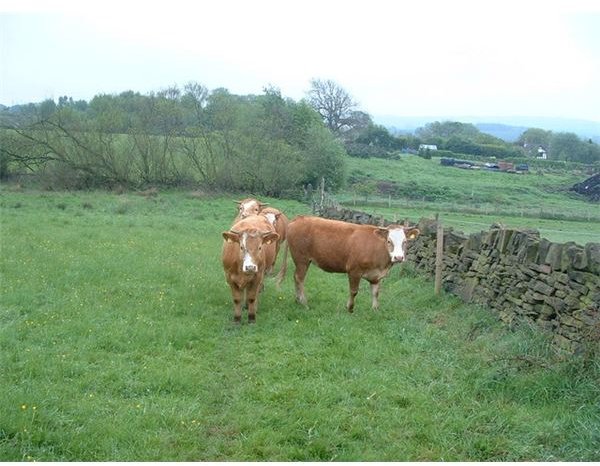
Grazing land refers to the cropland pasture, grassland pastures and ranges of 586 million acres, including that part of forest land used for animal forage, bringing grazing land use to a total of 782 million acres.
Grazed forest land is described as the open forest acreage and grassy forested areas or lands where there could be forage growths used excessively for grazing.
It was noted that pasture and range land was sometimes used as cropland if the demand for a particular economic crop was high.
Special Uses

Special land usage was accounted for as parks, wildlife reserves, recreational areas, rural highways, roads, airport rights-of-way and railroads, totaling 297 million acres in the 2002 land inventory report.
Land used for rural transportation roads made use of 27 million acres while state parks and wildlife protected areas used up 141 million acres.
Land that was used for defense installations and industrial purposes occupied an estimated 17 million acres.
Miscellaneous Uses
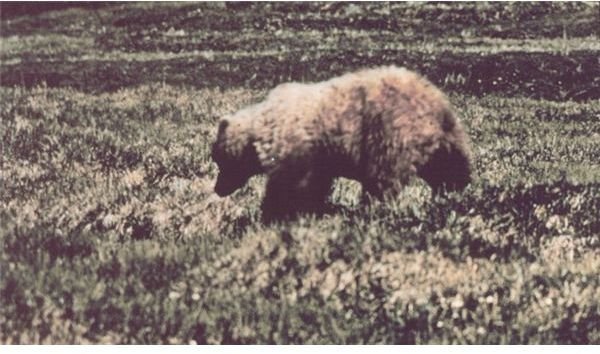
Miscellaneous land uses include rural residential areas, desert, tundra, open swamps, marshes, low value agricultural lands and large unclassified land usually in arid regions in the west, the Atlantic and Gulf Coasts.
Another example of large unclassified land includes 131 million acres of tundra found in Alaskan territories.
Some 30 percent of miscellaneous land use may overlap with rural residential land use, while a vast tract of land classified as wetlands were considered as a land cover.
Urban and Residential Uses
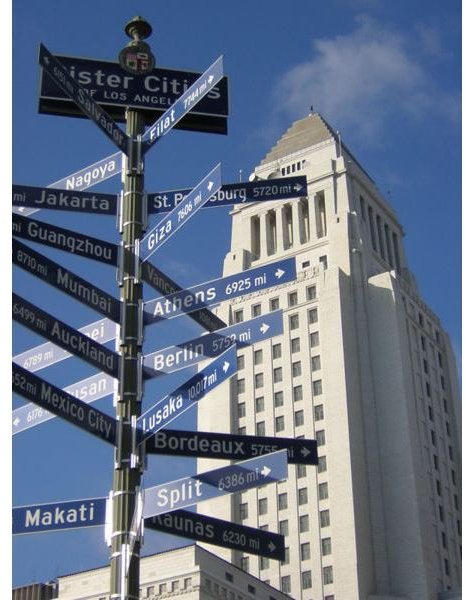
The estimated urban areas measure about 66 million which showed an increase from the previously reported 51.8 million acres.
Rural residential areas under the urban use are those that are not associated with farming and have total land acreage of 94 million.
Based on this estimates, residential areas in the rural region occupy areas larger than those used by urban homes, although the latter increased four-folds from its previous measure of 15 million acres.
Assessments of Land Usage and its Environmental Impact
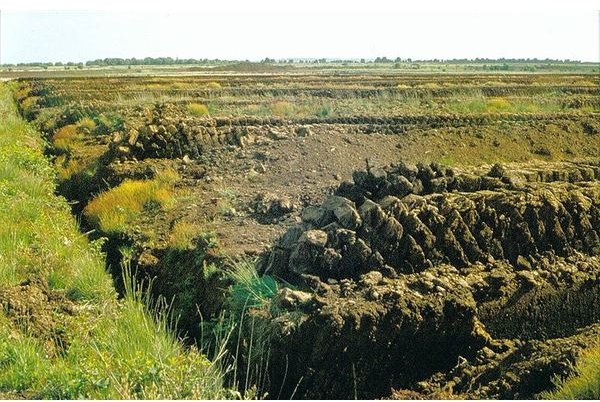
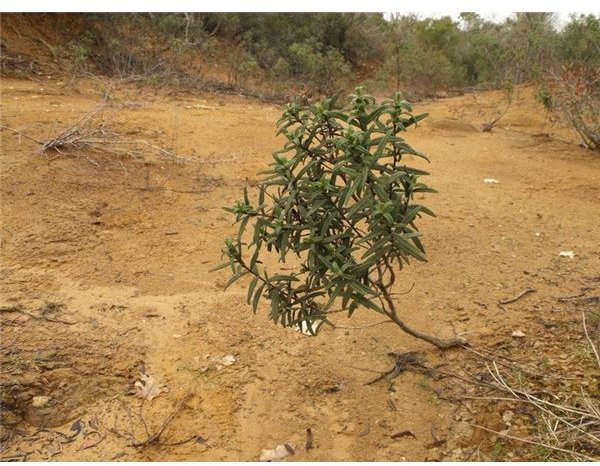
Based on the above accounting of land utilization, forest use may have taken-up a large percentage of land usage in the U.SA, but the figures indicate that cropland, particularly for agricultural use, is the main use of geographic and arable lands in the US.
The prevalence as well as the intensity of agricultural land uses in the US alone have brought about environmental impacts that gave rise to soil depletion, soil degradation, land desertification, loss of plant diversity and the disruption of natural ecological systems.
Yet other available land acreages have been used for different purposes, while cropland failures and desertification continue to take place.
In view of these environmental impacts, the following were cited as the main causes and how the environmental consequences took place:
-
Large amounts of chemical fertilizers, pesticides and hybrid seeds that contributed to soil degradation and the waning of plant diversity.
-
The conversion of wetlands into croplands, despite their use by migrating animals as breeding grounds, consequentially brought extinction to some animal species.
-
The disruptions of ecological systems have allowed certain pathogens to flourish as certain species of arthropods, mosquito-eating fish and pest-subsistent birds, that feed on them have disappeared. This gave rise to such diseases like, malaria, West Nile virus and cholera.
-
The loss of pollinators like bees, wasps and hornets who have the capacity to boost crop quality including cattle feed crops, in order to lessen the demand for fertilizers as well as boost the productivity of the soil.
-
The natural removal of carbon dioxide in the Earth’s immediate atmosphere through plants’ photosynthesis became less of an environmental occurrence as the number of trees and foliages became sparse.Forest land used for crop production are often cleared and razed as part of land preparation for cultivation.
-
The overall alteration of land’s vegetative cover influenced global temperature and atmospheric conditions, as the imbalance in carbon dioxide and oxygen use brought about global climate changes.
-
Land desertification as a result of intensive methods of irrigation systems, gave rise to soil salination, depletion and pollution of ground water resources.
Overall Impact of Land Usage and Its Environmental Issues
In the early beginnings of environmental awareness, present day apprehensions were considered as mere hypothetical assumptions by those who refused to listen to the warnings of scholarly researches.What we see now as the current state of natural land resources in the US is just a representation of all other land conditions in countries all across the globe. Due to this, scientists and researchers foresee food shortage as inevitable.
Today, as world population continues to increase, the relentless applications of modern technologies to meet food production have brought about more topsoil erosions. Arable lands became unfit as pollution, degradation, salination and acidification continue to take effect, causing agricultural failures in crop production.
These detrimental consequences likewise contributed to ecological imbalances and disruptions of biodiversity between plants and animals. The loss of sustainability between living organisms created a domino effect of extinctions in both flora and fauna, as food chains became broken and natural habitats were lost.
To make matters even worse, other agricultural lands were used for non-productive purposes. Urbanization and other special activities engaged in by humans whether for recreation, transportation or for defense purposes, produced pollution in varying forms that contributed to the overall degradation of the Earth’s natural resources.
Problems in land usage and environmental issues that impact sustainability are feared to be nearing its peak. The enormity of the problems faced by humans like global warming, climate changes, widespread diseases, ocean acidification and rises in sea levels all lead to shortages in food production. Factors and components are all linked together; hence, those at the helm are now racing against time.
Yet in spite of all these occurrences, there are still skeptics and non-believers among us who do not pay heed, because they still need to be convinced.
Reference Materials and Image Credit Section
Reference Materials:
- https://www.ers.usda.gov/Publications/EIB14/
- https://www.nyo.unep.org/action/14f.htm
- https://www.sciencedaily.com /releases/2005/08/050808065021.htm
- https://www.sciencedaily.com/releases/2010/05/100505092006.htm
- https://www.sciencedaily.com/releases/2009/03/090320092249.htm
- https://www.fao.org/ag/magazine/0612sp1.htm
Images Credit:
- All images are courtesy of Wikimedia Commons
